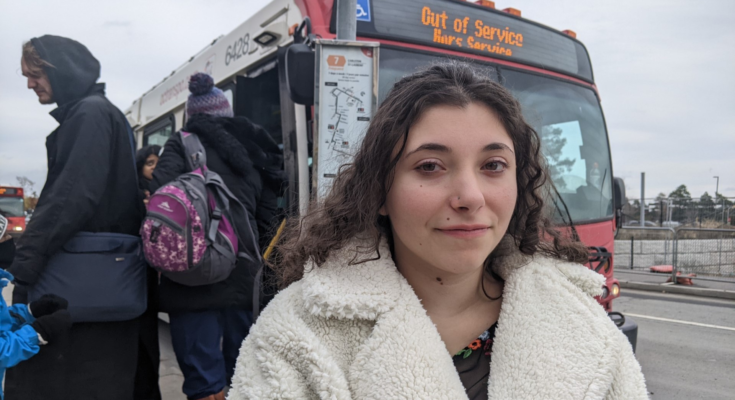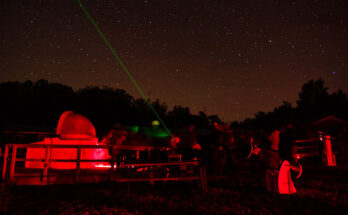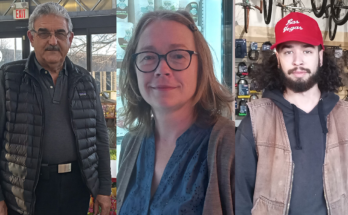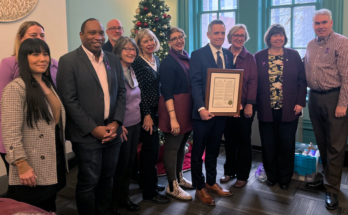As winter draws near, you’d be hard pressed to find someone in Ottawa who hasn’t had to hop over a snowbank or two on their daily commutes. For some residents, navigating snowbanks isn’t an option.
Advocates for improving winter mobility say disabled and aging Ottawa residents aren’t often considered in snow and ice removal policy. This inaccessibility leads to more people being unable to go outside.
The City of Ottawa Winter Maintenance Quality Standards, which turn 20 this year, prioritize roadways but there is little mention of accessibility for residents with mobility problems. The standards have been under review for years, but updates have been delayed.
Sandra Stec, a community leader in Centretown for the volunteer group Snow Moles, said the snow piled on the edges of sidewalks last winter made them unpassable.
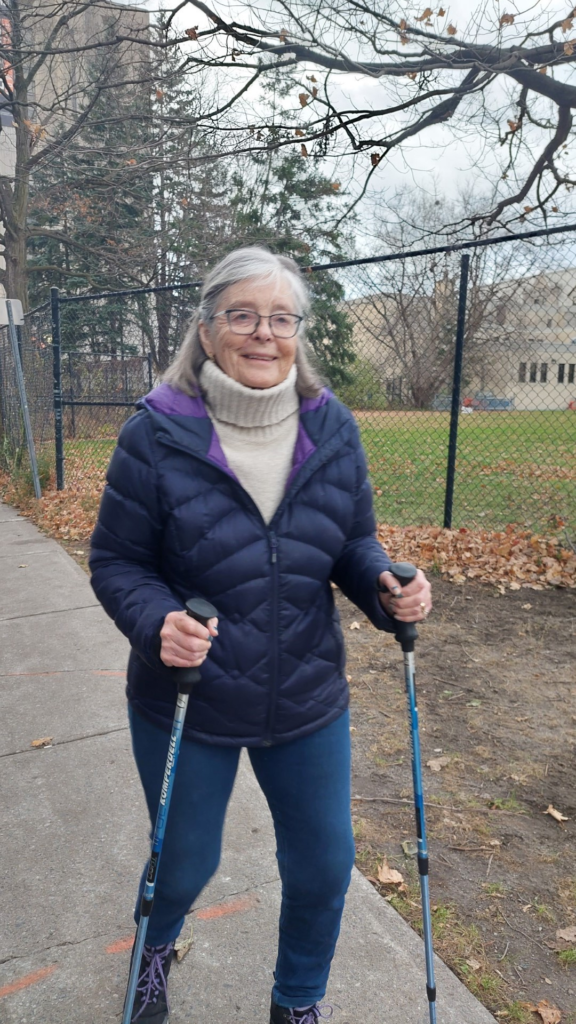
“You couldn’t go down the street, even if you were in an emergency vehicle,” Stec said. She explained how people with mobility aids, or even strollers, would be forced to walk in the road due to sidewalk conditions.
She also said she’s seen a disparity with snow removal in residential versus suburban neighbourhoods. “They clear out the snow in Kanata far sooner than they would do here,” Stec said.
Snow Moles, a six-year-old project created by members of The Council on Aging and Age Friendly Ottawa, engages volunteers who share their winter navigation experiences with the City of Ottawa.
The council says snow and ice removal is often done haphazardly, leaving narrow crossing paths, uneven terrain and slippery conditions. Disabled and/or aging residents are left to devise their own strategies on how to keep safe.
For Jay Baldwin, a Carleton University student who uses a power chair, advocacy is a daily task in a world that doesn’t consider disabled voices. “People will ask if I ever get tired fighting for the rights of people like me,” said Baldwin, who minors in human rights and disability studies. “Do you think disabled people have an option? We can’t wake up one day and hope that other people will fight for us just as hard as we do – that just doesn’t happen,” they said.
Baldwin recounted a time in first year when they were stuck in the middle of the road because of the snow. “Four sweet angels of human beings stopped and saw that I was stuck. They had to lift my whole chair out of the snow,” Baldwin said. “This is a heavy chair. Without me in it it’s already 400 pounds.”
Uneven snow clearage on sidewalks also gives Baldwin a hard time. “I brace myself every time I go on the sidewalks for bumps. It’s hard to do that since my spine is fused,” they said. This leads to them staying indoors for most of the winter.
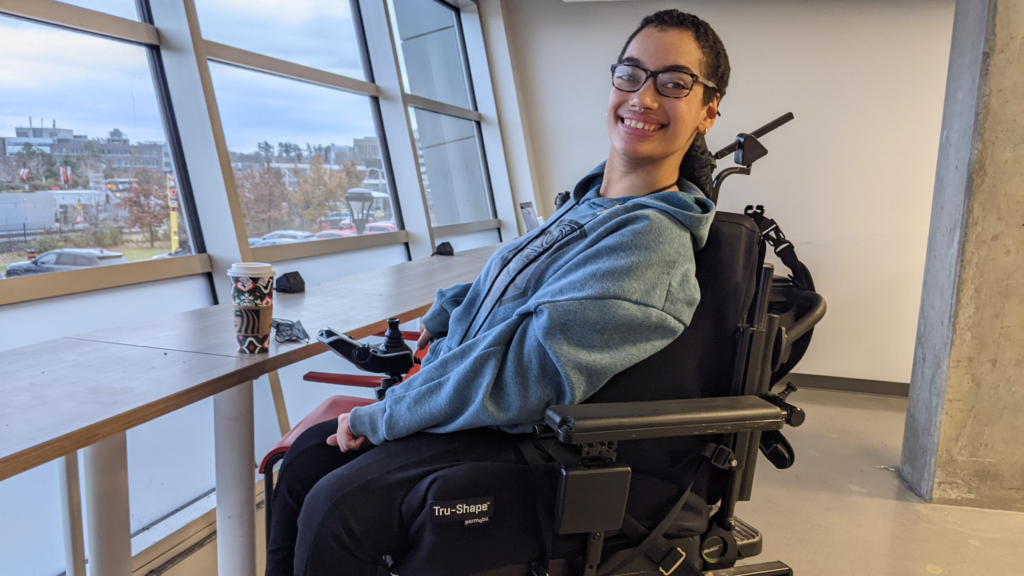
This has led to them forming a book club, “Disabled Babes Book Club” and a queer Facebook group “Disabled, Queer and Fabulous” for the sole purpose of “bringing people like myself and my community together,” Baldwin said.
On Carleton’s campus, a tunnel system can be a much-needed refuge from the snow. For Jessica Ursitti, it makes it easy for her to get to her classes in the winter, but off campus is a different story. Ursitti, who studies history at Carleton, uses a power chair.

Ice poses a significant challenge to Ursitti, especially since sidewalks aren’t typically cleared for it. “I can’t get around ice very much. My wheels just keep turning,” Ursitti said. “I have a lot of instances where people have to push me, which is really uncomfortable.”
Ursitti explained she needs a power chair in the wintertime since manual wheelchairs can easily get stuck. “Manual chairs are totally different, you can’t do snow at all,” said Ursitti “Slush gets stuck between the wheels on a manual chair, and then you’ll get it on your hands. It’s not doable.”
Another problem, she said, is when snow isn’t fully cleared off the sidewalk and accessibility ramps on OC Transpo buses can’t lower completely.

“I’ve had to ask people so many times to kick the snow out of the way. They do it, and they’re nice about it, but you don’t want to ask,” Ursitti said. “You just want to be able to do this stuff and not bother people — it’s annoying.”
Joel Harden, MPP for Ottawa Centre, has been fighting for a more accessible Ottawa. He said winter mobility conditions can mean “house arrest the moment we have a massive snowstorm.”
He said the ability of municipalities to raise money for city maintenance has been drastically cut because of new Ontario legislation adopted last year that waives development charges that otherwise would go to municipal funding, such as snow removal and sidewalk safety.
The City of Ottawa declined a request for comment.
The following photo sliders show what Ottawa streets look like with and without snow. To use the photo sliders, drag the white circle across the image to reveal the difference.

